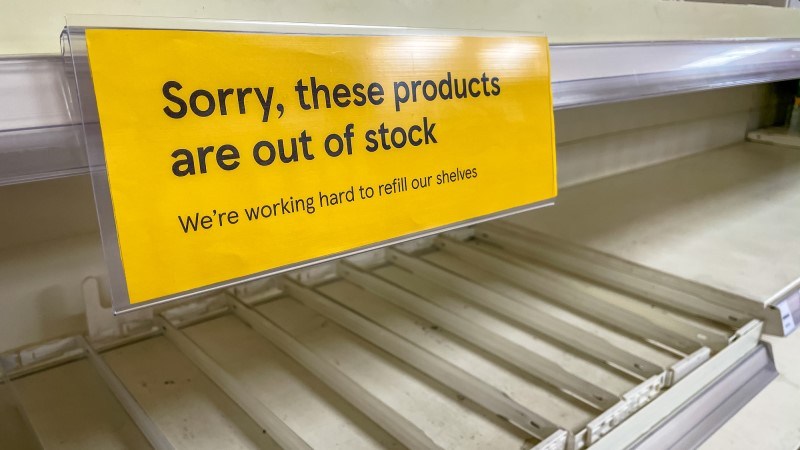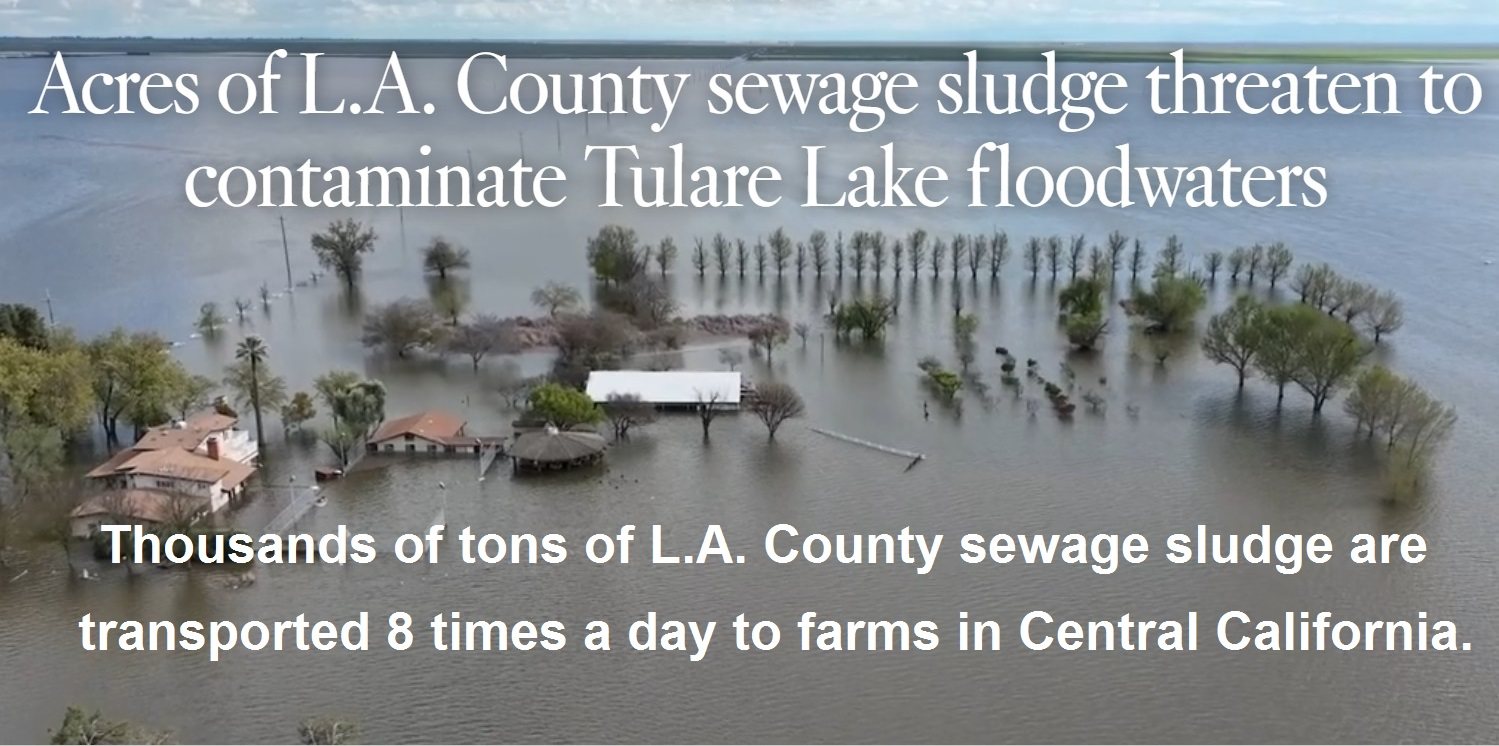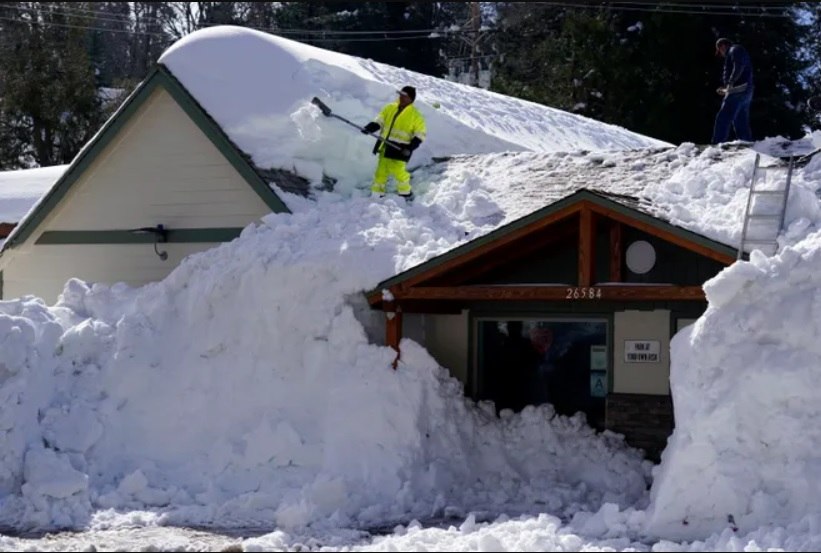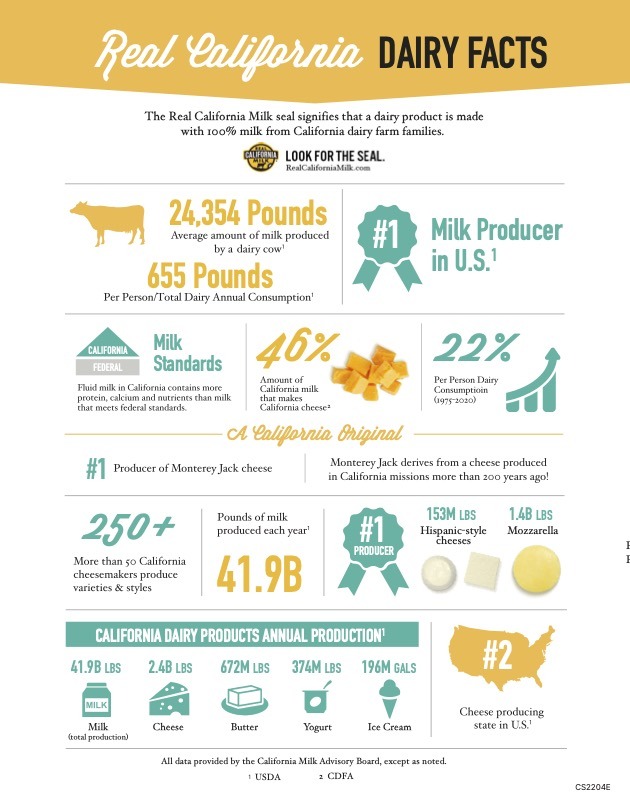by Brian Shilhavy
Editor, Health Impact News
In what is still probably one of the most under-reported breaking news stories in the U.S. today, the situation with the flooding in California, which produces 50% of the nation’s agriculture, is going from bad to worse, while other parts of the nation are still in drought conditions which threaten the nation’s winter wheat crops, it was reported today.
And then there was this report published by the LA Times yesterday:
Here at the western edge of the Tulare Lake Basin dwells a smelly industrial site the size of 150 football fields. Roughly eight times a day, its operations are replenished with a truckload of human waste from the residents of Los Angeles County.
Since 2016, the Tulare Lake Compost facility has been converting Southland sewage sludge into high-grade organic fertilizer, and sparing L.A. County the bother of burying its waste in local landfills.
But as epic Sierra Nevada snowpack threatens to overwhelm this phantom lake bed with spring runoff — inundating a region that has already suffered flooding from a series of powerful storms — some fear the facility could be transformed into an environmental disaster.
“When the southwest corner of Tulare Lake floods, thousands of tons of L.A. County sewage sludge, containing toxic heavy metals, will become part of the mix in the newly formed lake,” said Tom Frantz, a retired schoolteacher and environmental activist who once lived in the area but moved to San Luis Obispo three years ago.
“You can’t grow food for humans where this waste has been spread,” Frantz said. (Source.)
“Human waste” is a polite term to use for what this “sludge” is that now threatens $billions of food in California farmlands. Here is how Wikipedia defines it:
Human waste (or human excreta) refers to the waste products of the human digestive system, menses, and human metabolism including urine and faeces. As part of a sanitation system that is in place, human waste is collected, transported, treated and disposed of or reused by one method or another, depending on the type of toilet being used, ability by the users to pay for services and other factors. Faecal sludge management is used to deal with fecal matter collected in on-site sanitation systems such as pit latrines and septic tanks. (Source.)
And all of this “human waste” is in ADDITION TO the “waste” produced in Central California from huge dairy and poultry operations, which now also are in danger of spreading into California’s water supplies.
80,000-100,000 acres of Farmland Threatened to go Underwater as Record Snow Depths Melt in California Mountains
The California Department of Water Resources conducted a snow survey yesterday, stating that this year’s snowpack melt could top every record they’ve ever seen since the snow sensor network was established in the 1980s.
“We’re currently forecasting record-breaking spring snowmelt in the Tulare Lake Region, which is ranging 265 percent average in King’s River watershed to absurdly high 422 percent of average for snowmelt water runoff for Kern River watershed,” said Sean de Guzman, Manager of Snow Surveys Unit for the California Department of Water Resources.
Mark Grewal, an agronomist since 1979, with more than 59 years of experience in the agricultural business lived through it in the 1983 flooding.
He says he expects this one to be much worse.
“If it’s anywhere like 83, you’re going to see between 80,000-100,000 acres of farmland go underwater and it’s going to be around 200 square miles, maybe a little bit bigger,” Grewal said.
“That water could be there for two years,” Grewal says, “It’s going to have a major impact.”
Grewal says it’s going to have a trickle-down effect on the Central Valley and the entire state.
“All the dairy cows impacted, the feed for those cows, you’ve got your butter, your milk, your ice cream, your cheeses and all of those things, are going to be affected,” he said.
He says Tulare County alone produces over 20% of all the milk in the United States. (Source.)
California is the top milk producer in the United States, with most of the State’s large dairy farms residing in the Central Valley where all the flooding is taking place.
Over 100,000 cows have already been taken out of milk production because they had to be moved to higher ground into temporary facilities, and those facilities do not have milking machines to milk the cows.
The emphasis has just been on saving the cows, but those cows are not currently producing any milk. (Source.)
Some dairy farmers doubt whether they can stay in business.
Besides dairy farms, Central California is home to some of the largest beef processing plants in the nation.
One of the flooded counties, Kings County, is home to Central Valley Meats, which as of 2021 was processing 1,500 head of cattle a day, but has been expanding their operation to 4,500 head a day, and employs over 600,000 workers. (Source.)
I have not been able to find any news reports yet about how the floods have affected their operations, as they are a major supplier of beef to the fast food industry.
Inquiries by Health Impact News to Central Valley Meats have not been responded to, but they may be reluctant to respond to the media, as in the past whistleblowers have given them a bad reputation for how their animals are treated when being slaughtered.
Food Shortages and Inflation Set to Skyrocket

Since California produces so much of the nation’s food, the loss of agricultural products in California is going to cause shortages and higher prices.
Amid flooded farm fields and warnings of more rain, food prices are likely to go up as California is responsible for producing one-third of vegetables and three-quarters of fruits and nuts in the US, according to the California Department of Food and Agriculture.
“California is the leading agricultural state in the United States,” produce expert Michael Marks said, as per a report in Alaska’s News Source.
California is also America’s largest agricultural exporter and the country’s only exporter of several products including almonds, artichokes, dates, garlic and much more, as per the California Agricultural Statistics Review 2020-2021.
“A lot of what we produce here ends up on everyone’s dinner tables across the nation every day. We are the salad bowl of the world,” Groot was quoted as saying by AccuWeather.
As per Alaska’s News Source report, California accounts for 99 per cent of all the tomatoes for processed canned goods, and thus the cost of pasta and pizza sauces could be affected.
“All that’s grown in the San Joaquin Valley and the Sacramento Valley,” Marks said. “Well, that’s going to cut the supply, and that’s going to impact prices of tomato sauce all the way into next year.”
Agriculture experts have also forewarned about lettuce prices, saying they could increase from April. (Source.)
California also grows a lot of grains, not to sell in the retail market, but to feed their huge dairy and cattle industries in feed lots, and many of these grain fields are also under water now.
If they have to go outside the state to secure wheat and other grains, they may have a difficult time doing so based on a report published today about high prices of American winter wheat, due to droughts in the Midwest.
Wheat Spread Hits Record As Drought Plagues Midwest
The spread between hard-red winter wheat and soft-red winter wheat has blown out to a record high as drought threatens crop yields across the Midwest and other major farming regions.
Hard-red winter wheat’s premium over soft-red winter wheat is $1.72 a bushel in Chicago on Tuesday morning, surpassing the 2011 record.
James Bolesworth, managing director at CRM AgriCommodities, told Bloomberg the widening spread is “a factor of the drought in the US Plains which is detrimentally impacting crop conditions.”
The latest report from the US Department of Agriculture found Kansas (top producer) had only 19% of the acreage in good or excellent condition. Agritel analysts pointed out droughts are hitting crops in other states:
“A deterioration of the crop ratings is also visible in Texas and Colorado.”
Simultaneously, drought conditions plague the Canadian Prairies. Farmers in the region are planting in some of the driest conditions in half a century. They need adequate moisture to plant wheat and canola crops, or this might lead to poor crop yields later in the growing season, which could impact global supplies. (Full article.)
To make matters even worse, the announcement by OPEC over the weekend to reduce oil production is going to lead to higher fuel prices, and farmers are already one of the largest consumers of diesel gasoline to run all their farm equipment, and now many of them would need to transport grains from far away just to keep their dairy and cattle farms operating, increasing their need for fuel.
This is a national disaster on the nation’s food supply that is an ongoing breaking news story that few yet fully understand.
I have been warning the public now for over 20 years that this nation’s food supply is too dependent on technology and is very fragile, and that the day would eventually come where Americans go their local grocery stores and find the shelves bare.
We may be approaching that day in the not-too-distant future.
We saw this for a limited time during the early days of lockdowns due to COVID in 2020, which caused online ecommerce retailers of food to see increases in online ordering for food.
Since then, however, many ecommerce companies are downsizing or going out of business due to the downturn in the Technology sector which is laying off hundreds of thousands of workers here in 2023.
And that includes food delivery services.
It was announced today that online bulk grocery retailer Boxed has filed for Chapter 11 bankruptcy, for example.
The online bulk grocery retailer Boxed filed for Chapter 11 bankruptcy Sunday, becoming the latest company that went public during the SPAC boom to file for bankruptcy protection.
Boxed, which was founded in 2013 and went public by merging with a special purpose acquisition company in December 2021, sought to sell itself ahead of its bankruptcy filing but couldn’t find a buyer. Boxed said in a statement that it plans to wind down its retail operations and sell its software business to senior creditors.
It’s the latest sign of pain among grocery delivery companies. Rapid delivery startups including Fridge No More shuttered last year as venture funding dried up, and grocery delivery startup Good Eggs recently cut its valuation 94% in an emergency round of funding. (Source.)
My own online food delivery business, Healthy Traditions, was one of the first online food delivery companies to sell food on the Internet 21 years ago, and we have survived through the dot.com crash of 2001, as well as the financial crash of 2008, by emphasizing food produced by small-scale producers, often family farms, including many Amish.
We have been preparing for this food crisis since 2020, and have heavily invested in long-term high-quality storable foods, which we test for the presence of glyphosate and other herbicides and pesticides.
It is a niche market, since our products are not inexpensive, because we pay a fair price to our producers, and unlike almost all farmers in California, the products from our producers are NOT subsidized by the U.S. Government to keep prices low.
How ironic it might soon be, that our high-quality, clean products, may soon be less expensive than the cheap government-subsidized contaminated commodity food, because that system of agriculture that is so dependent upon technology is quickly failing.
If demand were to exceed what we can supply, we will probably just go offline and become a private membership-based food club.
And now is the time for everyone else concerned about the quality of the food they eat and food security to make similar plans, and get the members of your community to start partnering with local, ethical producers, and invest in them to make sure you can feed yourself and your family in the days ahead.
Comment on this article at HealthImpactNews.com.
This article was written by Human Superior Intelligence (HSI)
See Also:
Understand the Times We are Currently Living Through
The True Gospel of Jesus Christ Threatens the Business of the Freemasons and Technocrats
Who are God’s “Chosen People”?
KABBALAH: The Anti-Christ Religion of Satan that Controls the World Today
Christian Teaching on Sex and Marriage vs. The Actual Biblical Teaching
Exposing the Christian Zionism Cult
The Bewitching of America with the Evil Eye and the Mark of the Beast
Jesus Christ’s Opposition to the Jewish State: Lessons for Today
Identifying the Luciferian Globalists Implementing the New World Order – Who are the “Jews”?
The Brain Myth: Your Intellect and Thoughts Originate in Your Heart, Not Your Brain
What is the Condition of Your Heart? The Superiority of the Human Heart over the Human Brain
The Seal and Mark of God is Far More Important than the “Mark of the Beast” – Are You Prepared for What’s Coming?
The Satanic Roots to Modern Medicine – The Image of the Beast?
Medicine: Idolatry in the Twenty First Century – 10-Year-Old Article More Relevant Today than the Day it was Written
Having problems receiving our emails? See:
How to Beat Internet Censorship and Create Your Own Newsfeed
We Are Now on Telegram. Video channels at Bitchute, and Odysee.
If our website is seized and shut down, find us on Telegram, as well as Bitchute and Odysee for further instructions about where to find us.
If you use the TOR Onion browser, here are the links and corresponding URLs to use in the TOR browser to find us on the Dark Web: Health Impact News, Vaccine Impact, Medical Kidnap, Created4Health, CoconutOil.com.























